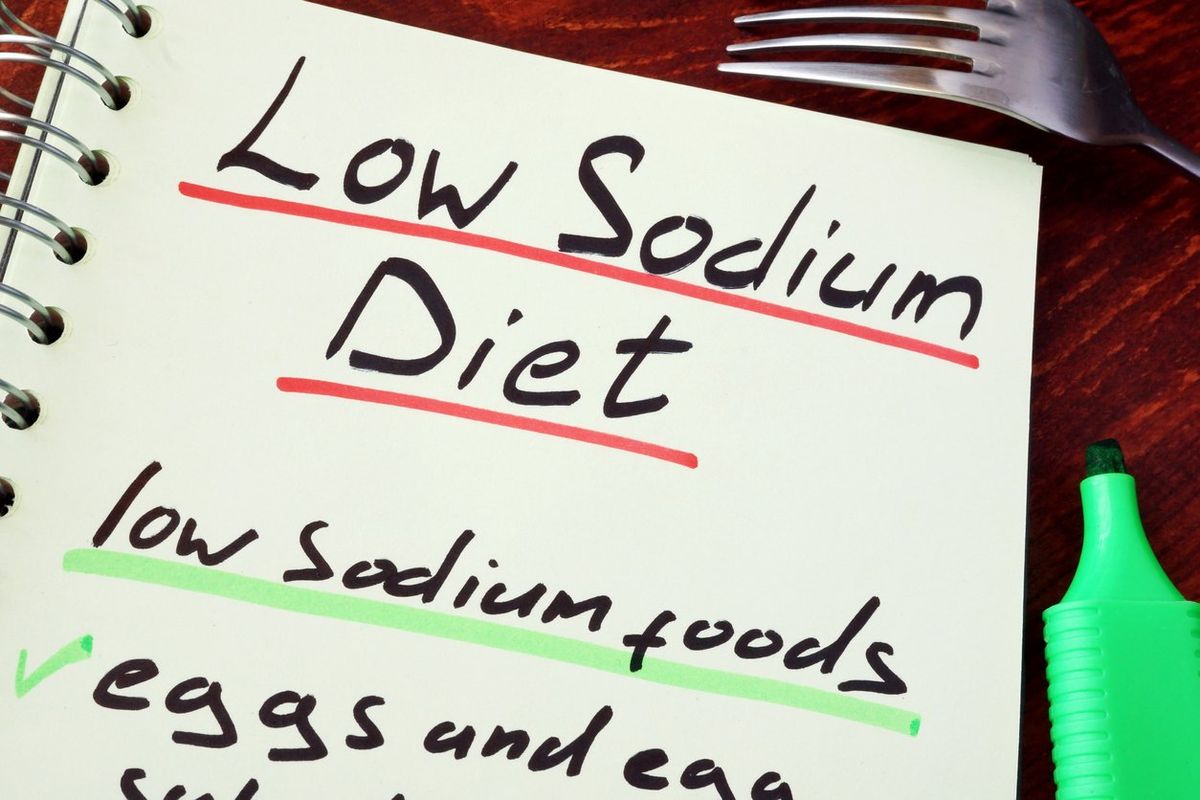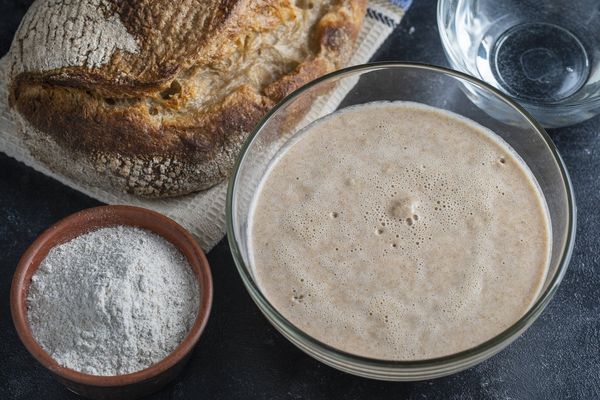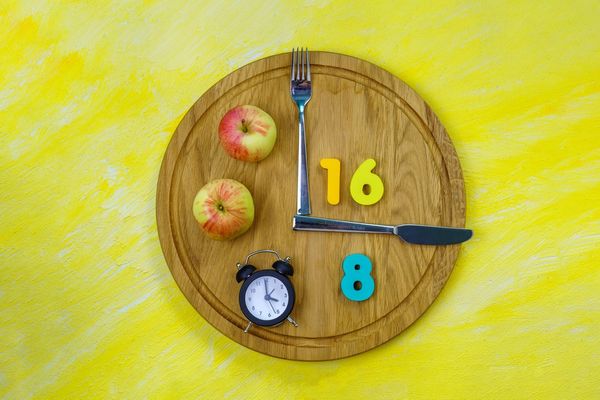Q:
Can you offer tips for maintaining a very low-sodium diet?
A:
Much of the salt in our diets comes from eating out frequently and consuming packaged and prepared foods. As our dietary habits have changed over the last several decades, the number of people diagnosed with high blood pressure has increased. Reducing the amount of sodium in the diet and losing weight are among the most effective lifestyle changes available to treat this chronic condition.
Sodium is an essential nutrient, but the amount required per day is minimal. Many health organizations recommend limiting the sodium in your daily diet to no more than 2,300 mg—the amount in one teaspoon of salt. Some Americans consume much more than that.
In addition to its preservative properties, salt makes foods taste better to many people. That may make adhering to a low-sodium diet difficult. However, the preference for salty foods is not innate. Infants younger than 4 months don't like salty tastes. Although it's difficult, you can retrain your senses to prefer a less salty taste.
The best way to maintain a low-sodium diet is to adhere strictly for a few months. This gives the body a chance to develop a new, lower set point for sodium.
Here are a few tips for reducing salt in your diet:
- Choose fresh, unprocessed foods that provide strong flavors either by themselves or with added spices. Such foods include sweet fruits and highly spiced meats and vegetables.
- Banish the salt shaker from your kitchen.
- Avoid low-sodium versions of packaged foods for about three months. Choosing low-sodium versions of favorite packaged foods during the adjustment period may cause disappointment and frustration with the diet.
- At restaurants, select low-sodium appetizers such as fruit cups and green salads with oil and vinegar, and ask for baked or broiled entrees to be made without added salt.
After a few months of adhering to a low-sodium diet, you will be pleased to find many highly salted items you may have enjoyed before are now too salty.
These guidelines work well for sodium intakes above 1,500 mg. Below this level, special foods, such as low-sodium milk, breads and fats, are required. If you need to follow a very low-sodium diet, you should consult a registered dietitian.







